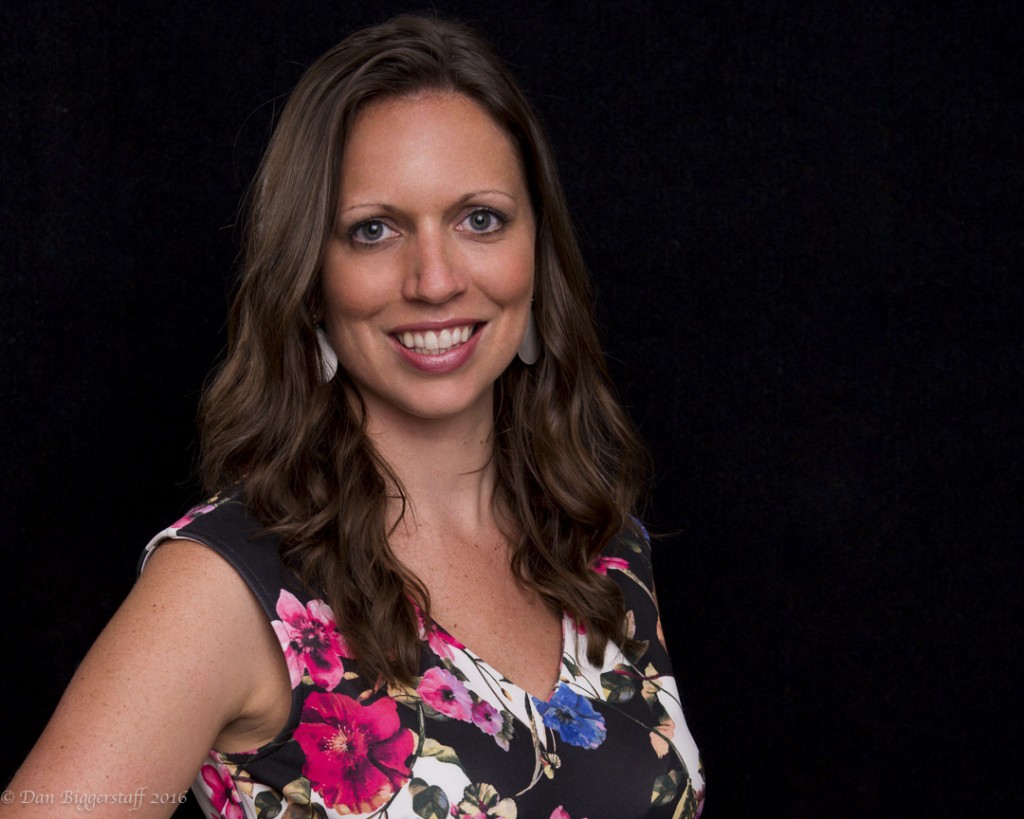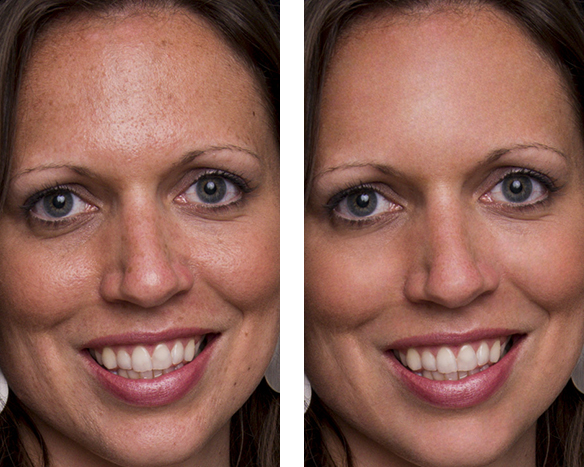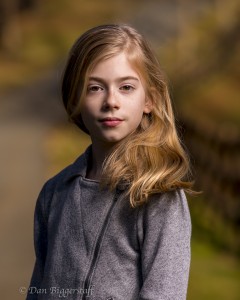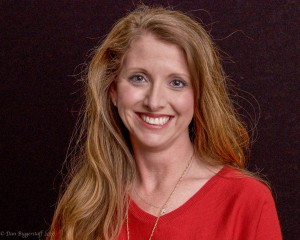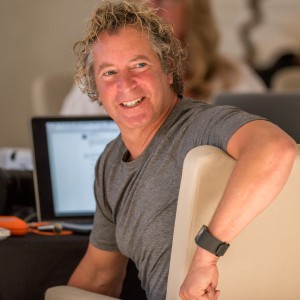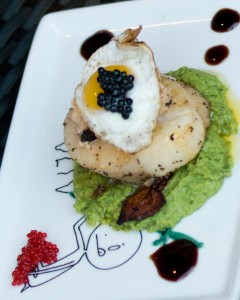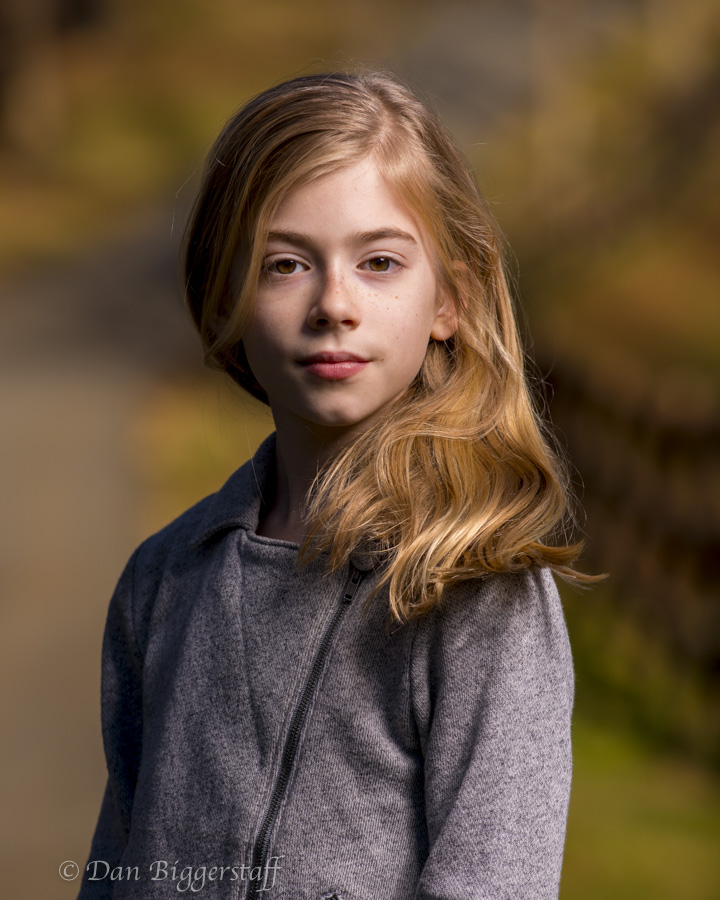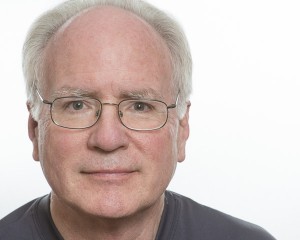Things happen. My latest blog post was completed, but not saved, on my desktop; and an automatic update program restarted my computer – blog post gone. I continue to learn, which is a good thing.
Even though I am considered a leader in the surgical treatment of endometriosis, anytime I go into the operating room with other physicians I always learn something. The same thing applies when I work with other photographers. I will soon be beginning a three month on-line headshot photography course and for the course need my own headshot. Not having one that is current, I decided to use this as motivation to do a self-portrait. A self-portrait is something I have thought about doing for a long time – one of those things on the back burner.
With my wife out of town and some extra time available, I spent a number of hours the first day with the set up and then the shoot itself. The particulars of the setup were my Nikon D800 on a tripod set at eye level, an 85 mm, f 1.4 portrait lens set on manual focus, a SB910 attached to a beauty dish and placed just behind and above the camera, a white collapsible backdrop lit on either side with two SB910’s with flags to prevent light spill, and a bar stool at a distance of about 5 1/2 feet from the camera. The camera settings were ISO 200, f 11.0, and 1/100.
If you have not taken a self portrait, it is an exercise I highly recommend to anyone photographing people. My shutter release cord is not long enough to reach from the camera to the stool, and my cordless remote had disappeared. The shutter release timer on the camera was set at 10 seconds, giving me just enough time to get to the stool, position myself, and strike a pose. Sit down at a 45 degree angle to the camera; then turn to the opposite side. Extend the chin towards the camera, no too much. Tilt the head to the left, no a slight tilt to the right looks better. Just a slight smile, not too much; it looks cheesy. Make the glasses are angled down to avoid the reflection of the flash. I had a feeling (that was definitely confirmed) that there is a huge difference between posing someone else and posing yourself.
My first efforts were the classic “deer in the headlights” look, highlighted with a cheesy grin – this is what Peter Hurley would term “out to lunch itis.” Peter is an internationally known headshot photographer who is teaching the above mentioned course. I kept thinking “what would Peter be saying to me if he were taking the photo?”. “Don’t look so miserable. Hint of a squint, hint of a smile, but stay serious, kick it up a notch.” For the next several days when I got home from my medical job, I spent a few minutes pushing the shutter, sitting on the stool, and trying to strike a pose Peter would approve of. Finally, I captured a photo that I hoped would elicit a “SHA-BANG” or exclamation of approval. Not perfect, but getting better.
